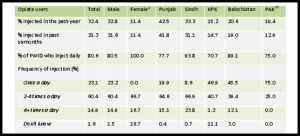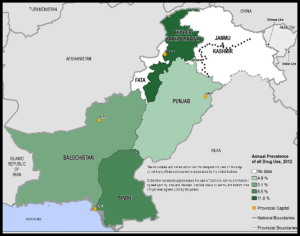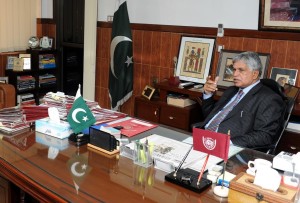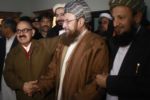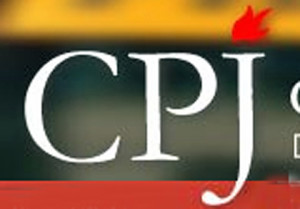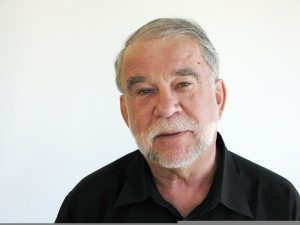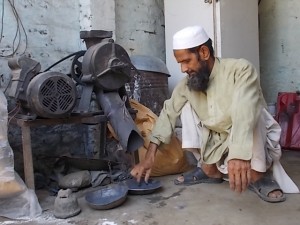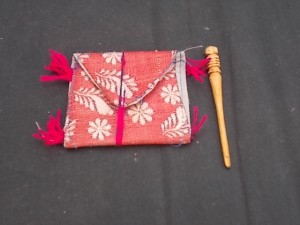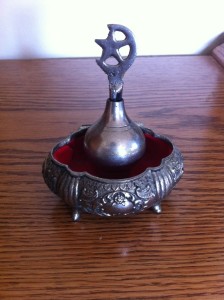
By Wagma Jalawan
Ameena’s life has changed for the worst since 2008, when Pakistani jets started pounding suspected militant positions in the mountains of Khyber tribal area.
The mother of two and her family were forced to flee their home and village as militants began fighting the military onslaught and the ensuing fighting made life perilous for civilians in the rugged region, near the Afghan border.
Ameena then became another number in the thousands of people who fled Khyber and what were labeled as ‘internally displace persons’ or IDPs, in official jargon and registries of foreign and international aid groups.
Since fleeing her home Ameena, her kids and other family members have been reduced to living in a tent in a squalid camp near Peshawar, the regional capital.
Ameena’s fate and that of the thousands of other IDPs from Khyber tribal area now living in Jalozai brings into focus residents of North Waziristan, who have started to leave their homes in the thousands after the Pakistani military began an offensive in the area.
Since June 15, when Pakistani military announced that a broad operation has been launched to clear North Waziristan of local and foreign militants, the army says scores of insurgents, mainly suspected Uzbeks, have been killed in airstrike and ground offensive.
As had happened in other tribal areas, where military operations against militants has also caused massive displacement of civilian populations, officials expect the same pattern to repeat in North Waziristan. But with most parts of the region under a curfew, the region’s residents say they were facing severe hardships in trying to leave their homes for safety.
Figures vary, but media reports and Pakistani government officials say thousands of families have already left North Waziristan, with some families traveling to neighboring Afghanistan.
FATA Disaster Management Authority, FDMA, a government relief agency responsible for the tribal areas, say a camp was being set up to house IDPs from North Waziristan in Bakakhel, a dry, dusty, windswept plain on the gateway to North Waziristan.
IDPs with means and relatives in other towns have put up with them or have rented homes. But those with fewer resources would be forced to take shelter in Bakakhel, a place that not many consider suitable to live in, especially in the summer heat and scare facilities to protect from the elements.
Getting to Bakakhel is arduous too. IDPs have to pass military checkpoints before they exit North Waziristan. But lines of vehicles stretch for miles at the checkpoints as security officials screen the passing flow of people for suspected militants.
New stories, tales of woes and miseries, specially of women and children, a mostly overlooked segment in the conservative region, seem to be born again, similar or worse than Ameena’s, who said at VOA Deewa Radio’s women show on June 19, that since she has left her mountain home, she hasn’t seen a single normal day. From a lack of enough food to feed the entire family, to children’s sickness and a scarcity of medicines, Ameena sees all of it as part of her everyday existence.
Government helps residents of Jalozai camp, but Ameena says it’s not enough and her family has to make their best efforts to survive, while she longs to be able to return to her home in Khyber.


